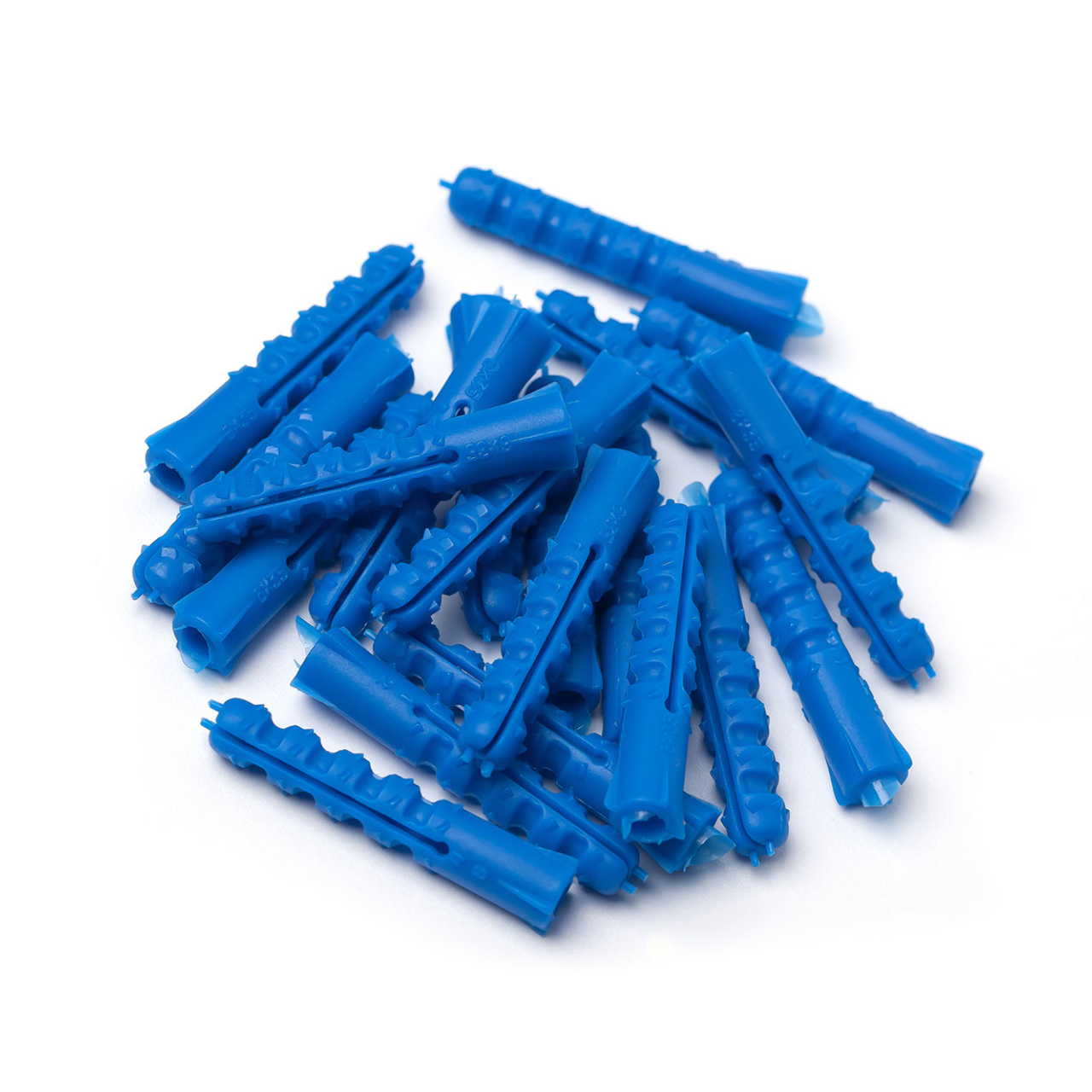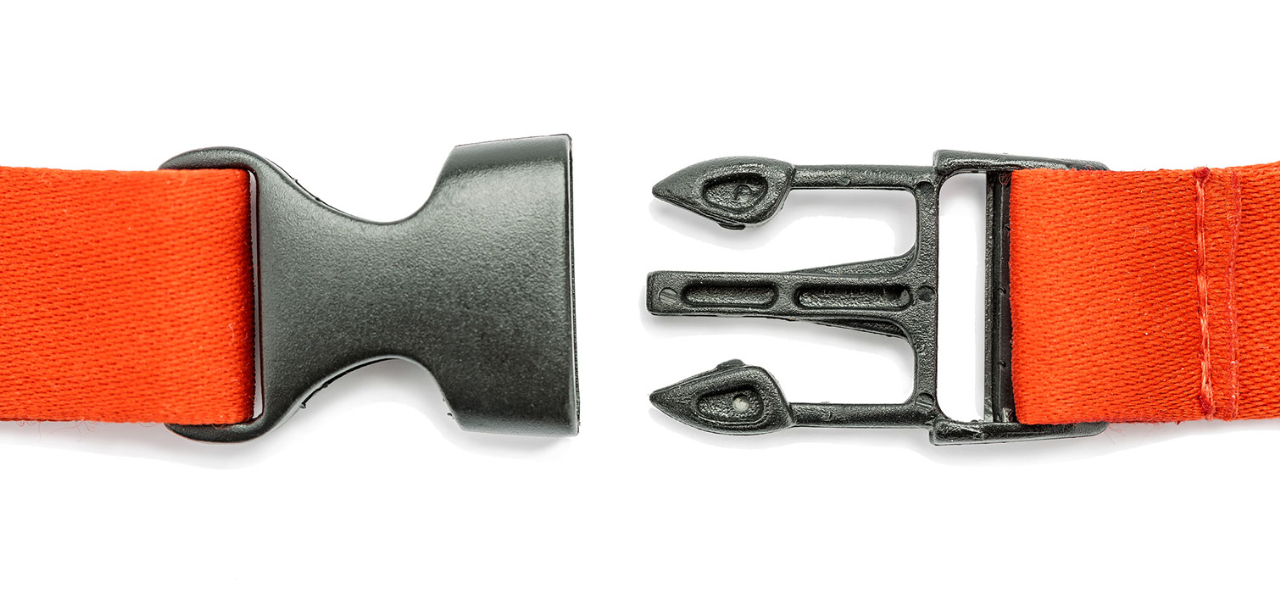What is Nylon Cast Plastic?
There’s a good chance that you come across or use nylon every day, whether you realize it or not. You can find it in many clothing options, vehicles, mechanical equipment, and more. This stout material has a long history of use and remains incredibly popular today. Nylon cast plastic, on the other hand, comes in various forms to use in manufacturing and production. There are some notable differences between traditional nylon and nylon cast plastic. So let’s explore what makes the latter so unique and what function it serves.
Nylon Cast Plastic: What Is It?
Cast Nylon commonly referred to as Nylon 6, nylon cast plastic is a polymer that was initially developed by Paul Schlack of IG Farben. Nylon 6 was made in an effort to reproduce Nylon 6/6’s properties without infringing on its production patent. For context, nylon 6/6 is a polyamide rather than a polymer. In Nylon 6, the material is usually made into tubes, sheets, and rods through a process involving liquid casting. Moreover, this process is usually the best way to save money when producing thick sheets, bars, and tubes of larger diameters.
This liquid casting process benefits from allowing manufacturers to produce custom near-net shapes (irregular shapes). This type of shape is most suitable for poor yields of parts manufactured from standard tubes, bars, or plates.Nylon 6/6, however, can be made into any number of sheets, tubes, and rods, which are typically produced via the melting of solid particles of polymer. They are then processed using thermoplastic extrusion equipment.
The process of extrusion is both fast and economically viable for manufacturing small diameter sheets, tubes, and rods. And unlike cast stock Nylon 6 shapes, the sheets, tubes, and bars of Nylon 6/6 can be made to be any length. This is highly beneficial as a cost-effective production method of finished parts.
It’s worth noting that, unlike most other nylons, nylon 6 is not a condensation polymer. Instead, it is formed via ring-opening polymerization. This process makes it a special case for comparison between addition polymers and condensation polymers. Furthermore, it is in competition with nylon 6/6. Thanks to the production of nylon 6, the synthetic fibers industry has forever changed. You can find nylon 6 under many different names, including:
- Durethan
- Ultramid
- Dederon
- Nylatron
- Capron
- Kapron
- Akulon
- Perlon
Nylon Grades
There are many special formulas for nylon. Oil-filled and MOS2 (Molybdenum disulfide) filled nylon have enhanced wear resistance and generally do not require external lubrication. Thermally stable nylon can withstand higher operating temperatures.Nylon has glass-filled grades to improve stiffness and strength. Nylon grades that meet FDA standards can be used for direct food contact. Nylon that has a metal consists of nylon billets. These can be produced into a wide variety of parts, such as:
- Sprockets
- Augers
- Rollers
- Gears
Concerning power transmission uses, NYMETAL billets serve to combine nylon’s performance advantages and that of metal into a single unit. Compared to a lot of other thermoplastics, nylon has pretty decent moisture absorption. The design tolerances of nylon parts that must be used in a humid environment should consider the dimensional changes caused by moisture absorption.
 Chemical Designation and More
Chemical Designation and More
Nylon is usually referred to by the chemical name “PA” (for example, PAs 6 and 6/6), and the most common ones are white, black, and their natural colors (beige or off-white). The most well-known and widely-used variant in engineering uses is likely nylon 6/6. Moreover, nylon 6/6 may be extruded (that is, melted and then forced into a mold). It is also a plastic that is suitable for both 3D printing and injection molding. What’s more, it possesses a higher melting temperature, which makes it an ideal substitute for metal in environments with high temperatures. A good example of this would be the engine of your vehicle and the heat it produces under your hood.
The disadvantage of this material is its impact strength is relatively low (even if compared with other plastics). It is worth noting, however, that nylon’s low impact strength may be enhanced by using a process known as “conditioning.”Therefore, nylon can be combined with other types of materials quite easily. And in doing so, you can effectively increase nylon’s strength. As such, it is very important to examine the material’s properties concerning the specific type of nylon that you’re using.
A useful property of thermoplastics is that you can heat them up until they reach their melting point. Moreover, they can be cooled and then heated again. Unlike some other types of materials, this cooling and reheating process doesn’t cause significant degradation.Thermoplastics such as nylon will not burn. Instead, they will liquefy. This allows thermoplastics to be easily used in injection molding. After use, the leftover material is safe to recycle.Compare this to thermoset plastics. These compounds may only be heated one time. The heating of thermoset plastics usually takes place when injection molding. The initial heating will cause the thermoset plastics to solidify, resulting in irreversible chemical changes.
If you try to heat up the thermoset plastic to extreme temperature again, it will burn. This characteristic makes thermoset materials unsuitable for recycling.It is therefore important to consider these properties and the results of heating and reheating. If you are striving for minimal waste, thermoplastics should be your first choice over thermoset plastics .
.
Why Use Nylon?
Nylon is a very high-performance material. As such, it is used in a variety of industries that range from automotive to clothing. What’s more, nylon is very durable and reliable. That’s why you see it used in the manufacturing of vehicle parts, ropes, and even in 3D printing.If you want to ensure the longevity of your materials, you can’t go wrong with nylon. It’s been around for ages and will likely continue to be widely used in manufacturing and production.


